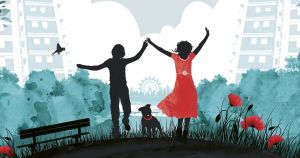
Review: How to Fly with Broken Wings by Jane Elson
The book ultimately provides a single-faceted understanding of autism and many of the painful interactions with Willem’s teacher and peers would likely hit too close to home for autistic students.

The book ultimately provides a single-faceted understanding of autism and many of the painful interactions with Willem’s teacher and peers would likely hit too close to home for autistic students.

This book portrays its autistic protagonist in ways that will give readers negative, incorrect, and in some cases abusive ideas about autistic people.
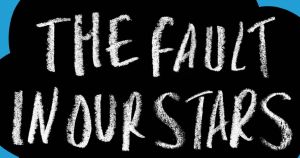
Despite their proclamations to the contrary—“don’t tell me you’re one of those people who becomes their disease”—the characters are shown to have nothing in their lives that isn’t about their cancer.
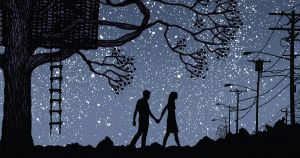
While we’re never told exactly what Marcelo’s impairment is, and it’s implied that no one can quite figure it out, it shares many features that will be familiar to those of us on the autism spectrum.
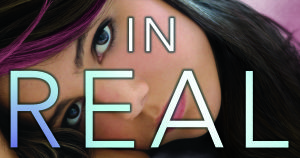
While Rory’s portrayal isn’t flawless, it’s well researched, and a significant step in the right direction of treating autistic characters as regular teenagers and integral parts of the cast.

Venkatraman creates a fully-formed character, and nails both the details and the emotion of having a limb amputated and adjusting to life afterwards.
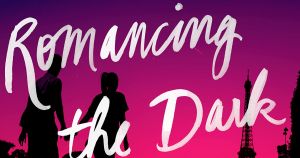
Jacobus nailed the struggle with addiction, she nailed physical limitations, she nailed alcoholic and disability-related depression, she nailed the chaos of the active alcoholic, and she nailed the hopelessness and despair that can come from all of it.

Many characters who may be mentally ill reject treatment out of hand, considering therapy a waste of time and suspecting medication will turn them into a zombie. Why are these narratives so popular? What are the alternatives?

You Look Different in Real Life is a contemporary YA novel in which the broken friendship between the protagonist and her autistic best friend plays a central role–a thoughtfully handled plot thread that we were eager to talk to author Jennifer Castle about.
In terms of disabled characters, what would our contributors like to see more of in children’s literature?